What is Raspberry Pi?
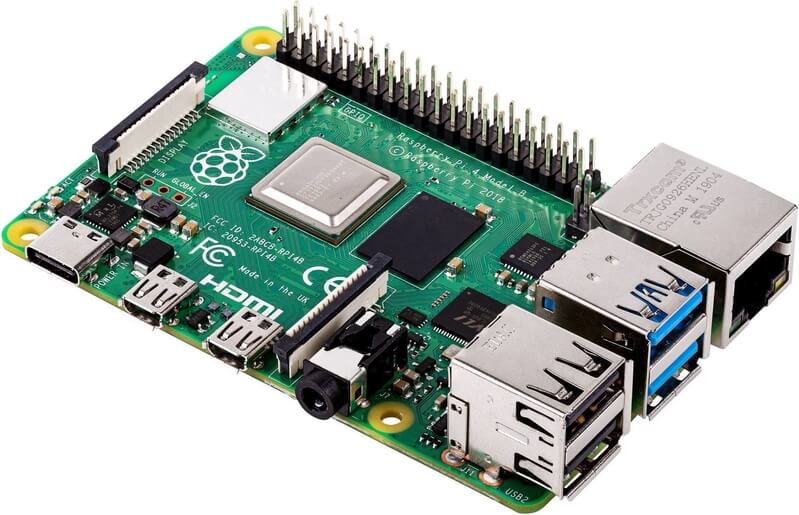
The Raspberry Pi is a small, stripped-down computer that can be used to perform many of the basic activities that a computer can perform.
You may use it to browse the internet, play games, and even watch HD videos (though you will need a display to do so).
The Raspberry Pi is now available in nine distinct variants, with the costliest costing $55 and the cheapest costing only $5.
The models differ in terms of SoC type, speed, RAM, number of USB ports, and Ethernet, WI-Fi, and Bluetooth capabilities.
Raspberry Pi 4
When paired with a suitable power supply, the Pi 4 can also be powered via a USB-C connector, allowing additional power to be delivered to downstream peripherals.
Third-party e-marked USB cables, such as those used on Apple MacBooks, mistakenly identify the Raspberry Pi 4 board and refuse to deliver power due to a design defect.
Tom’s Hardware is a store that sells hardware. They tested 14 different cables and discovered that 11 of them turned on and powered the Pi without a hitch. The design flaw was fixed in the board’s revision 1.2, which was released in late 2019.
Uses of Raspberry Pi 4
If you are planning to have an additional facility to monitor and control your 3D printer remotely, then you must think of buying a Raspberry Pi 4 and installing OctoPrint on it.
Raspberry Pi 4, being the latest generation of Raspberry Pi Computers, is in the form of an electronic credit card capable of performing tasks such as:
- Setting up a retro gaming machine
- Building game servers
- Controlling robots and other hardware devices such as 3D printers.
- Building a Raspberry Pi Web Server
- Creating a Twitter bot
- Building a network monitoring tool
- Streaming PC games
- Making time-lapse videos etc
OS for Raspberry Pi 4
Following are some of the best-operating systems for Raspberry Pi 4
OSMC

This simple and free operating system is popular among Raspberry Pi users all over the world. They are well-known for their contributions to Kodi, a multimedia platform for Raspberry Pi.
Although the OSMC image is officially installed via a simple Mac or Windows installer, you can download and flash the OSMC image directly to your SD card. OSMC makes it extremely simple and efficient to play or stream video from a variety of sources.
While the setup process is straightforward, the wiki on their website is somewhat limited, and you may need to rely on the community for specific answers.
Their flagship device includes a Raspberry Pi 4, allowing them to support video resolutions up to 4k.
When it comes to using Raspberry Pi boards as media center devices, this is one of the best Raspberry Pi OSes that you can recommend.
Raspberry Pi AKA Raspbian
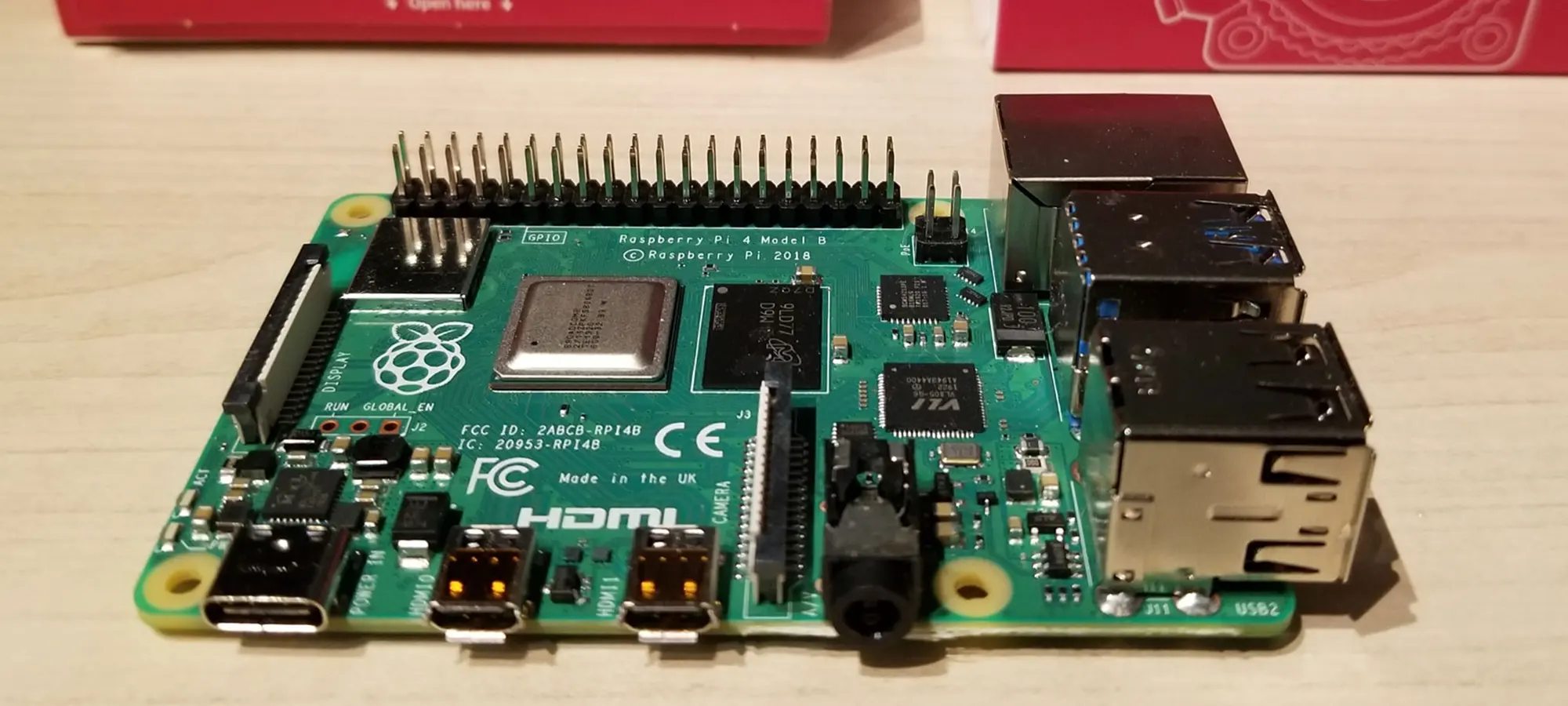
The developer created this first and most well-known software for the Raspberry Pi 4. The Raspberry Pi’s developer can be trusted, and the software runs flawlessly on the system.
It is as simple as going to the website and downloading the installer for your operating system. Choose your system specs, and the software will write them to an SD card for you.
It includes a number of tools for education, programming, and general use. Python, Scratch, Sonic Pi, Java, and several other important packages are included.
Raspbian is originally based on Debian.
The operating system, formerly known as Raspbian, has been updated and now allows you to do more than ever before. It is a full desktop package that is ideal for people who want a portable computer to handle all of their daily tasks.
Ubuntu Server
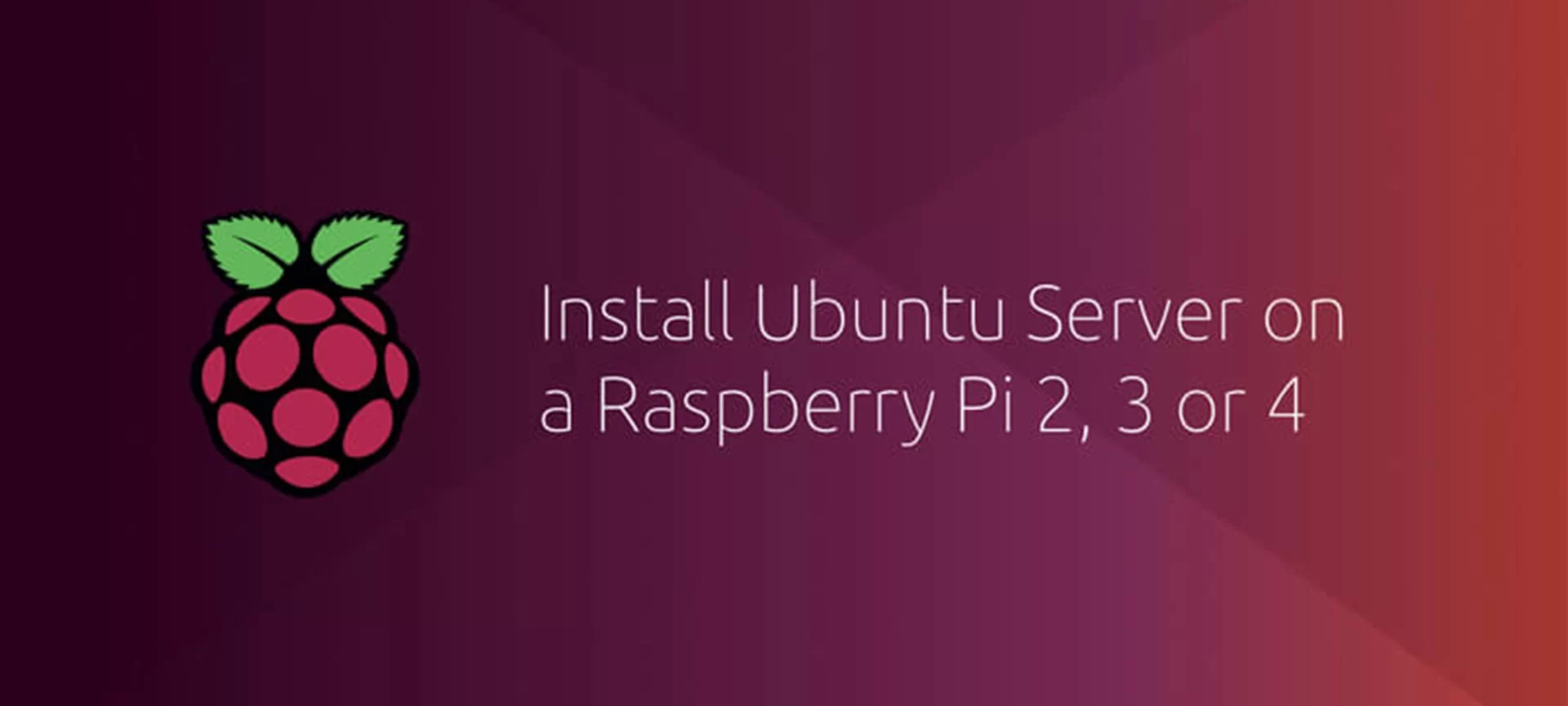
If you are intending on using your Raspberry Pi as a server for your project, Ubuntu Server is an excellent option to install.
Ubuntu Server runs flawlessly on the Raspberry Pi 4 and is a fantastic all-around operating system for all of your day-to-day operations. On the Ubuntu server, you can surf the web, send emails, and even shop.
It is not only a terrific system to use, but it has also been around for a long time. That gives you the assurance that the OS is well-liked and praised.
The OS is available in both 32-bit and 64-bit versions. You can also install the same, depending on what board you have (if it supports 64-bit).
It is worth mentioning, though, that Ubuntu Server is not designed for desktop use. As a result, you should be aware that by default, you will not have a full graphical user interface installed.
Although Ubuntu Server appears to belong in the same category as Ubuntu Desktop, it is optimized to run applications without a desktop user interface, therefore it caters to more particular projects and uses cases.
If you are working on a Raspberry Pi 4 project and want to use the smaller 2.5 GB installation size while still having access to the software libraries made available by the APT and Snap command-line utilities, Ubuntu Server is a wonderful place to start.
While Ubuntu Server does not come with many frills, it does have the tools that tech-savvy users need to get their projects up and running quickly.
Overall, the Ubuntu Server community is well-established, and you can count on them to answer your questions if you get stuck or need assistance with a particular component of your setup. Keep in mind that not all online material pertains to the Ubuntu Server ARM editions.
Retropie
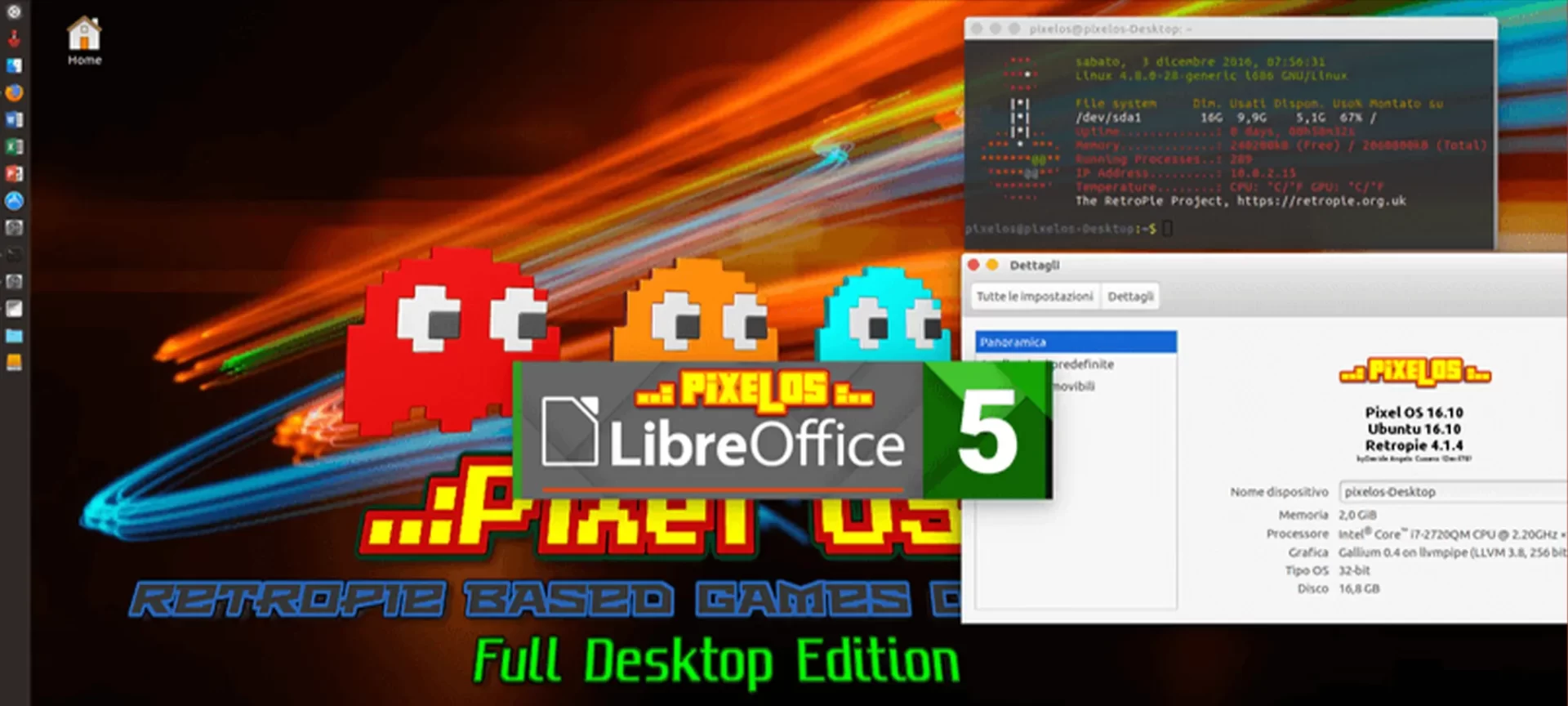
Retropie is a popular distribution for turning your Raspberry Pi 4 into a vintage gaming console.
It is based on the Raspberry Pi operating system and allows you to play older PC and N64 games.
Retropie makes it simple to get started and play your favorite games thanks to its simple setup and user-friendly UI.
RetroPie is not an operating system in and of itself, but it sits on top of your existing OS. When connecting Raspbian or the latest Raspberry Pi OS, it does this incredibly effectively.
RetroPie is unique in that it has also built hardware for the Raspberry Pi. You can use the hardware to attach a variety of retro game controllers to your system.
OctoPi

OctoPi is a Linux distribution designed exclusively for 3D printer enthusiasts and owners. Its most notable features are OctoPrint pre-installed and automatic compatibility for cameras and the Raspberry Pi 4 camera.
Because OctoPi is based on popular open-source projects, finding particular help outside of posting a bug in the main GitHub issue tracker may be difficult (and the Raspberry Pi OS). You could have more luck searching within those communities.
The setup instructions for OctoPi are limited to the project’s main GitHub page and what is available in the OctoPrint project.
OctoPi is specifically tuned to have stable and fast performance with the Raspberry Pi 4, but the setup instructions are limited to the project’s main GitHub page and what’s available in the OctoPrint project.
If you are new to flashing Linux or other operating systems to the Raspberry Pi, watch a tutorial to get a better understanding of the procedure.
RISC
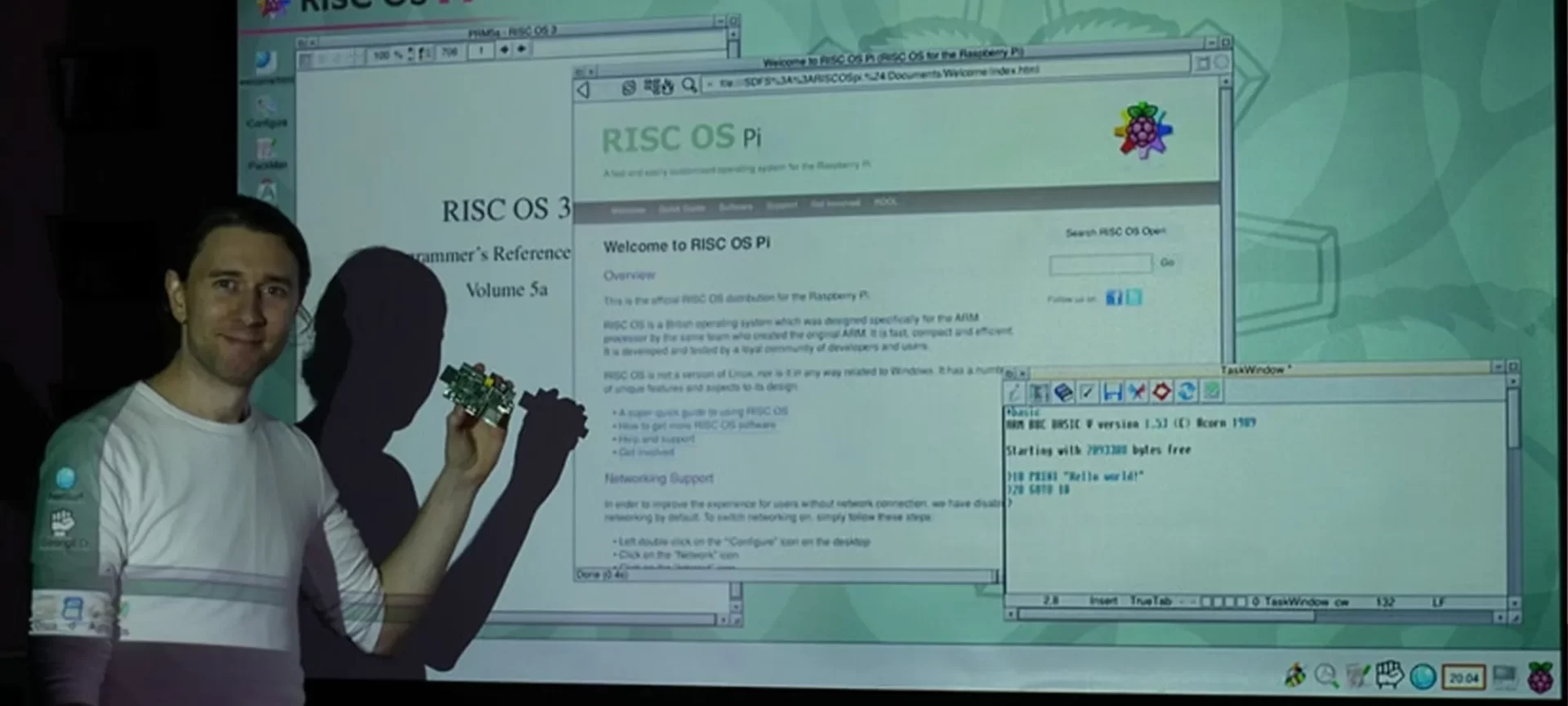
RISC OS, developed by Acorn in the late 1980s, differs significantly from the other operating systems on this list. It is a native ARM operating system that is not dependent on any other OS, resulting in a simple, efficient, bare-bones operating system.
While there are several methods for flashing Risk OS onto an SD card, users must be aware of the unique nature of this desktop OS in order to adjust to its distinct UI and file system structure. Because of the more complex appeal of this OS, a small community of support and assistance was formed.
If you want to try RISC OS, you can do so by visiting its download page. RISC OS images for popular ARM computers such as the Raspberry Pi, Beagle Board, and others are available. You can find installation and usage documentation on raspberrypi.org.
Kali Linux

Kali Linux is a free and open-source security-focused operating system that comes with advanced tools for network performance analysis and security testing.
It comes in multiple versions, all of which are designed to run on the Raspberry Pi, and users can take advantage of its forensics and reverse engineering tools. It requires at least an 8 GB SD card for installation.
It is available in 32-bit and 64-bit architectures and is one of the most feature-rich operating systems on this list, with numerous pre-installed tools.
The Kali Linux community is incredible, offering help and advice on anything from how to install Kali to how to alter the ISO file.
More instructions, including downloads, can be found on GitHub to help you get the most out of your Raspberry Pi 4. This operating system can turn your Raspberry Pi into a vulnerability testing tool.
Ubuntu Desktop
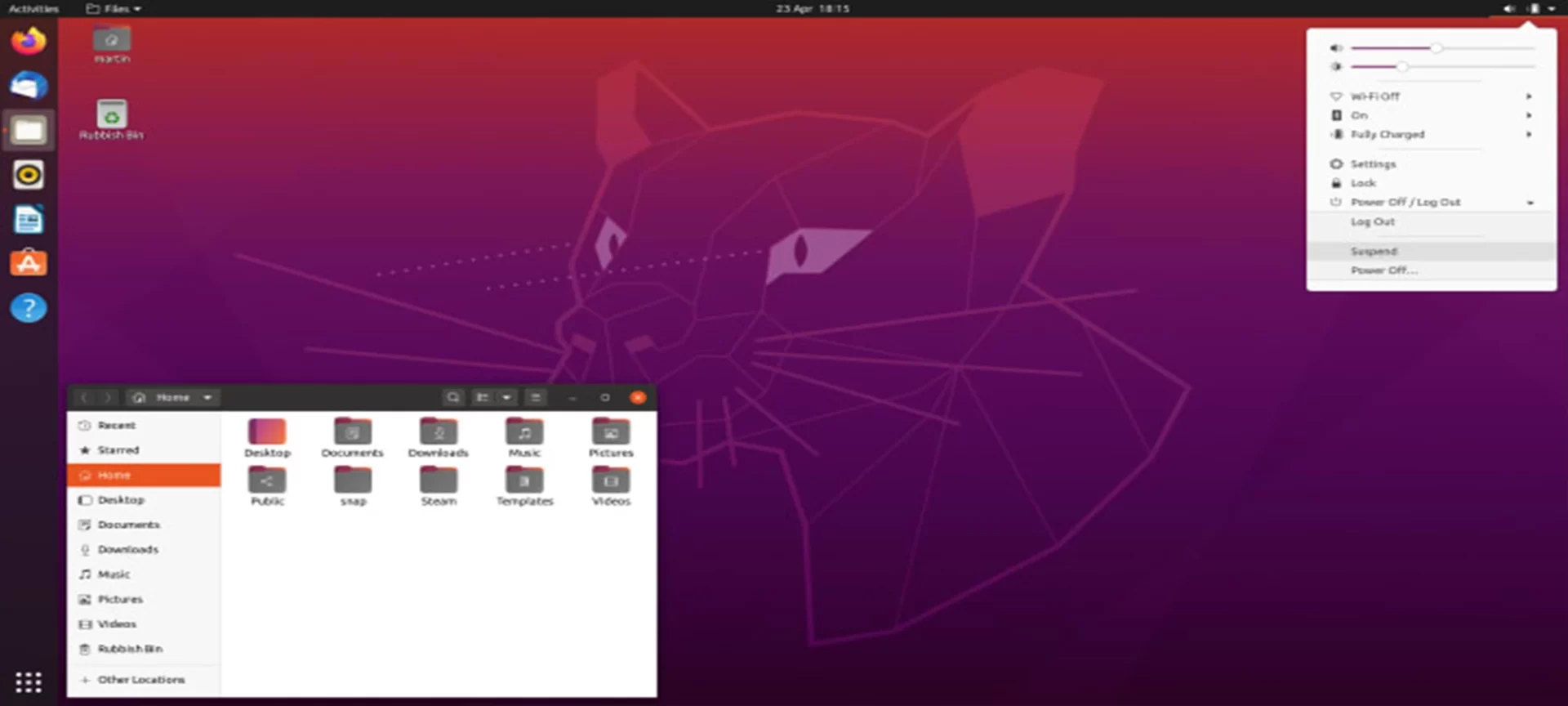
Because it features a less austere user interface than Raspberry Pi OS, Ubuntu Desktop is a popular introduction to Linux for people who are new to the platform.
This comes at the expense of performance and storage capacity, which are necessary to take advantage of the improved capabilities of the desktop interface.
Ubuntu Desktop comes with easy-to-follow installation instructions as well as a graphical setup menu to help you get started.
Ubuntu has a large user base that spans a variety of hardware platforms, resulting in a friendly and helpful community. Remember that Ubuntu’s FAQ section has years of questions and answers that may or may not apply to the Raspberry Pi.
Lakka
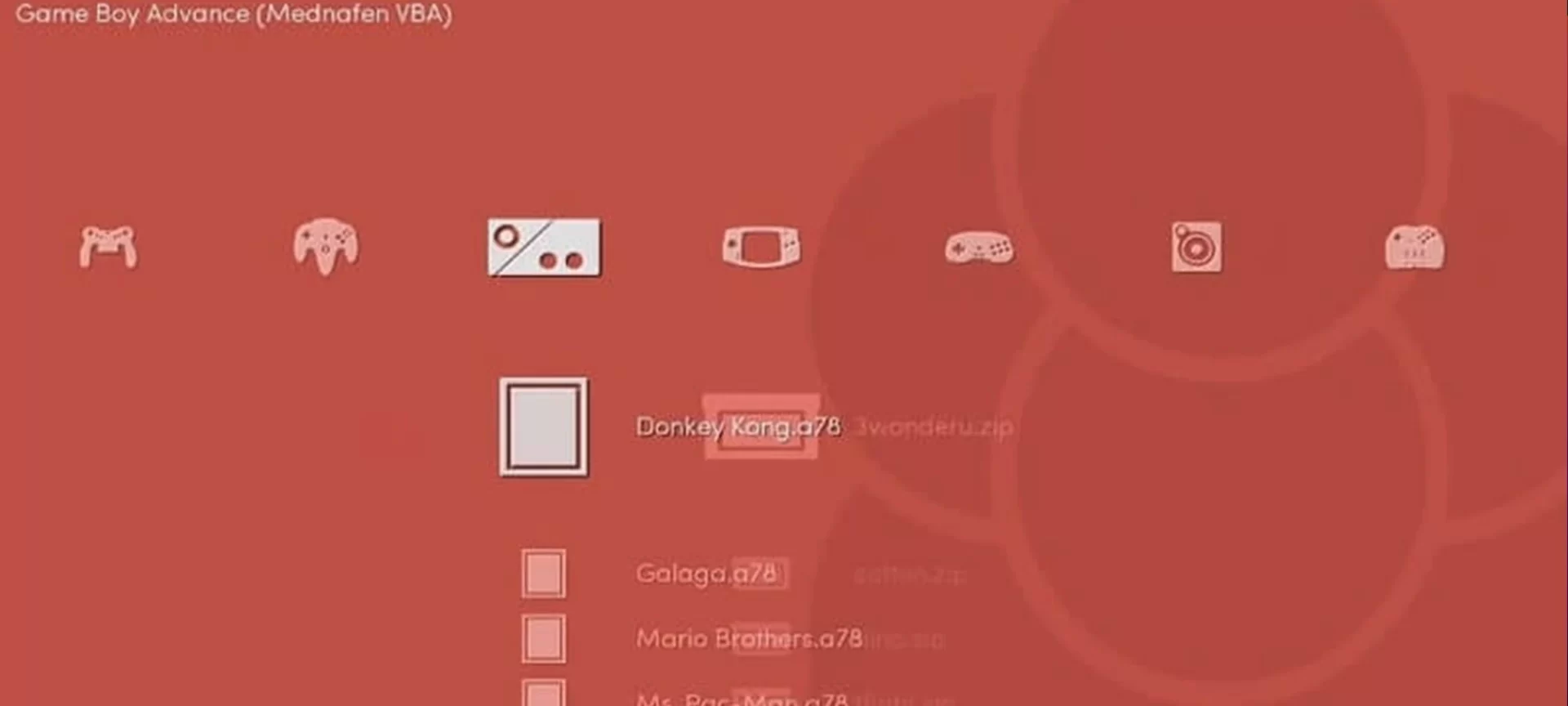
From the start, the Lakka OS team makes flashing their lightweight retro game OS onto an SD card for your Raspberry Pi 4 simple and straightforward. Lakka, like RetroPie, uses the RetroArch emulator front end to imitate over 50 consoles.
Because Lakka is built on the fast LibreELEC OS, users may expect a more streamlined, higher frame rate experience than RetroPie, but at the cost of less customization and fewer added features.
The microSD card must be formatted using Host OS (Linux, macOS, or Windows), or it can be installed using NOOBS. On the initial boot, the setup completes in the background and requires a restart. It is ideal for those who require a portable Windows device.
This software can be used in a variety of settings, including offices and media centers, to help you reach your goals.
Windows 10 (Windows on Raspberry)
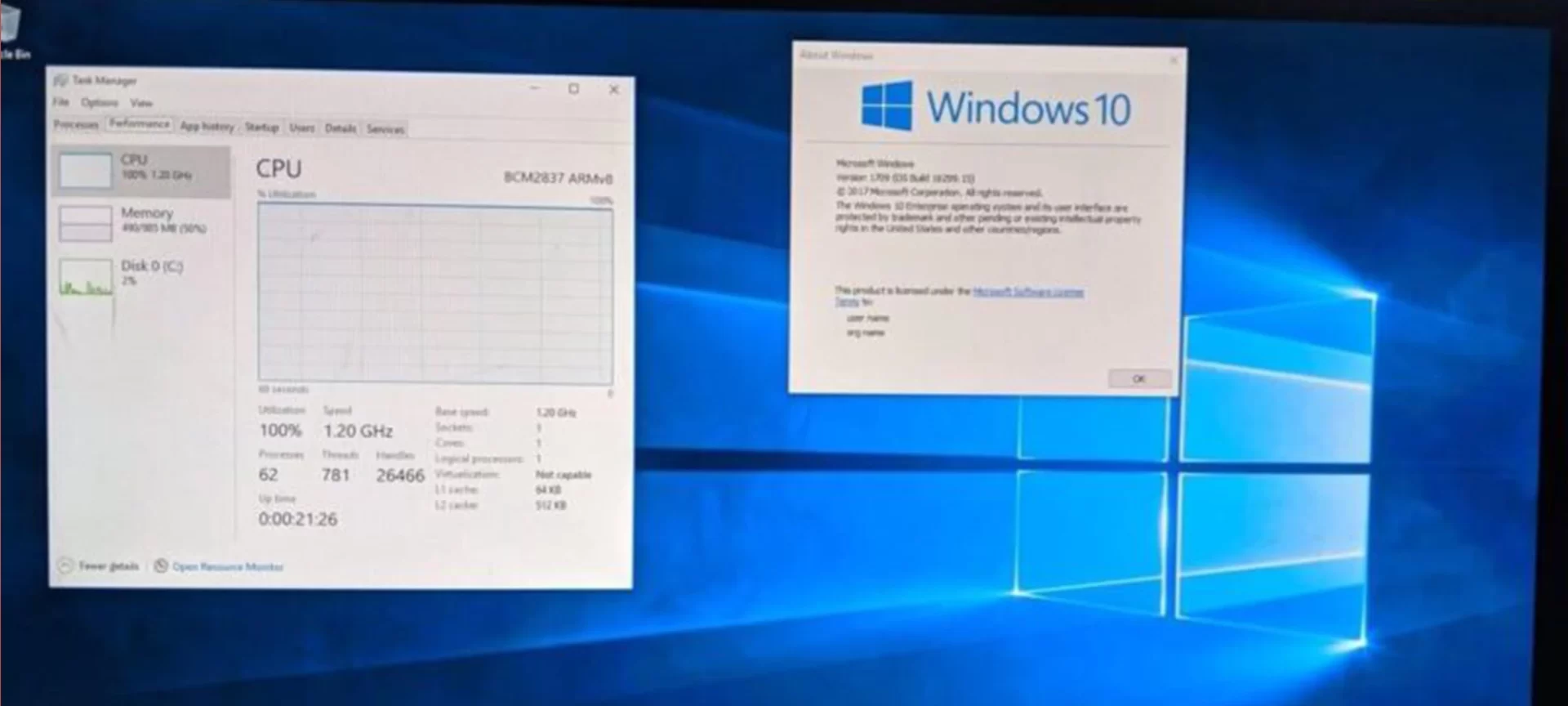
It is relatively simple to install on a Windows or Linux operating system. The procedure is downloading an ISO file of the operating system you want to run and allowing Windows on Raspberry to handle the installation.
It is available to customers who legally hold a spare copy of Windows 10, need users to download a copy of their Windows 10 ARM image before executing the installation tutorial.
When it comes to getting the Windows 10 ARM image, the documentation is a little thin, leaving consumers to figure out what is best for them. Users who are unwilling to research or read documentation may want to avoid this choice due to this relatively perplexing prerequisite for the setup process.
Once you have your Windows 10 image, the Windows on Raspberry software provides a simple flashing method that allows customers to run the Windows 10 installation wizard on first boot.
Although Windows 10 is one of the most widely used operating systems on the planet, the software you can use is limited since not all programs operate with the ARM edition of Windows 10. It also demands a huge microSD card with at least 8 GB of free space to install. It is also a good idea to get a Pi 4 with extra RAM.
LibreELEC
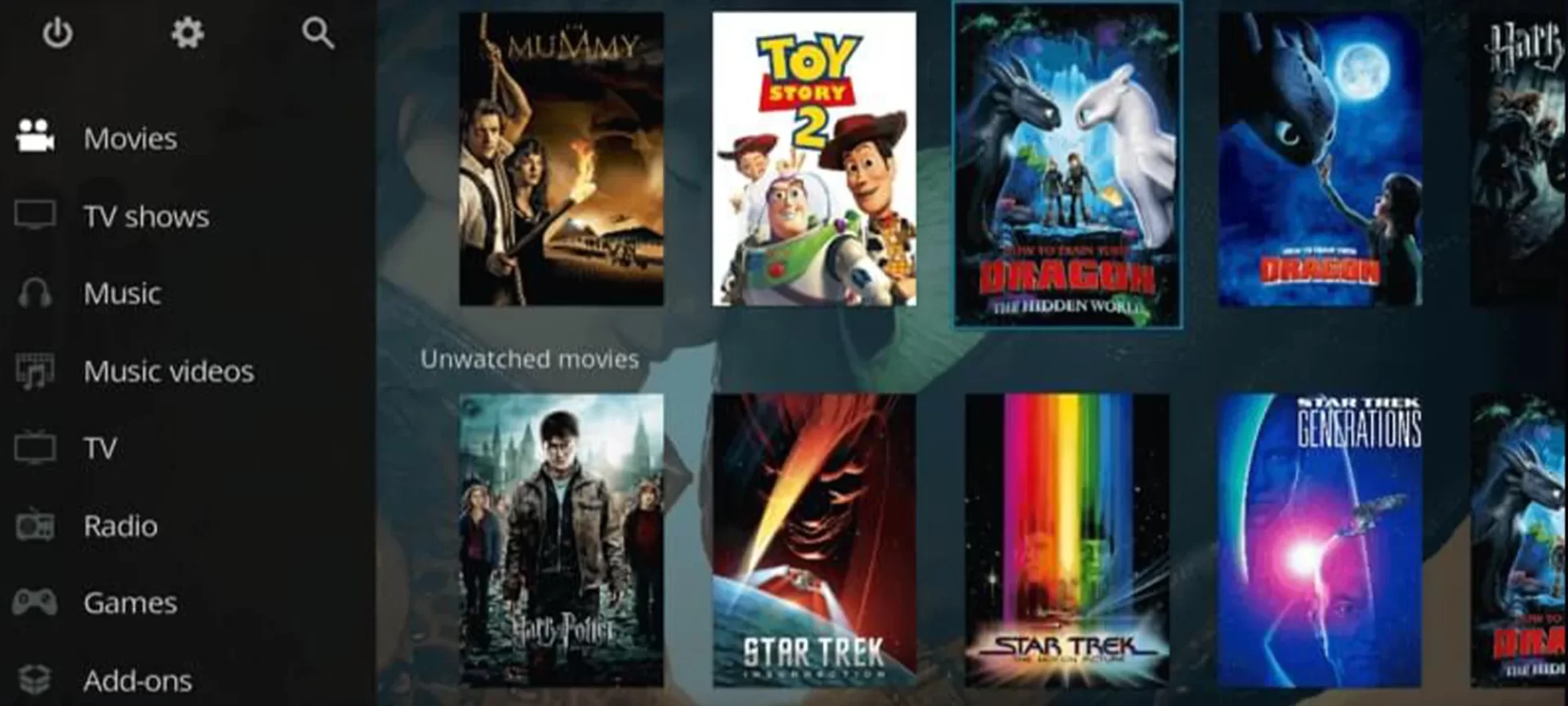
This Linux-based operating system is ideal for installing Kodi on your Raspberry Pi. Kodi is a media center that lets you watch your favorite TV shows and movies in a variety of ways.
LibreELEC‘s system is focused on the essentials, and as a result, it consumes very little system resources. This allows you to view movies and stream without having to worry about slowness or buffering.
Linutop
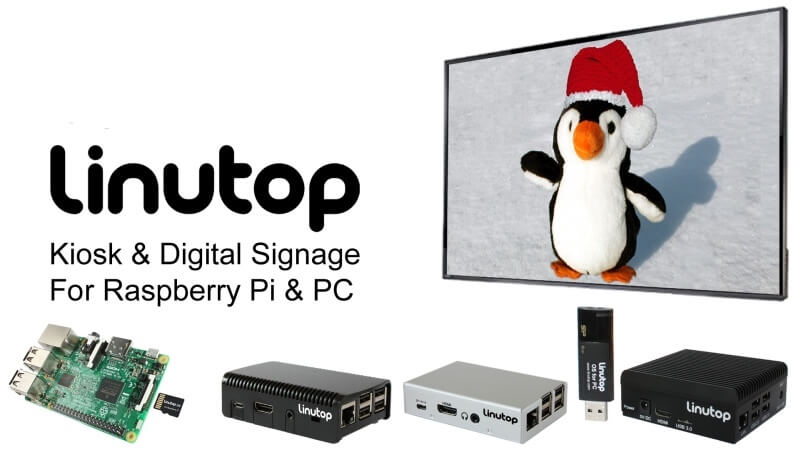
Linutop OS is an open-source operating system that may be used to create a low-maintenance signboard or online kiosk.
It necessitates the use of a host operating system (Linux and Windows are both officially supported) to format the microSD card. On the initial boot, a graphical wizard completes the setup process.
It will cost you around $100 when you finish the demo version, making it one of the few paid operating systems on this list. Linutop fills a niche nicely, however it should not be considered unless you need to display information safely in a public context.
Linutop does not appear to have a huge online community. Furthermore, the company’s website does not specify what kind of assistance users can expect after purchasing the OS.
RaspBSD

RaspBSD is a preloaded image of FreeBSD 11 for Raspberry Pi computers that is free and open-source.
If you did not know, FreeBSD is not Linux, but it operates in a similar fashion. It is a descendant of the Berkeley Software Distribution’s research, and it is one of the world’s most widely used Operating Systems today, with its code present in game consoles such as the PlayStation 4, macOS, and others. You can download the image from this website.
OpenMediaVault
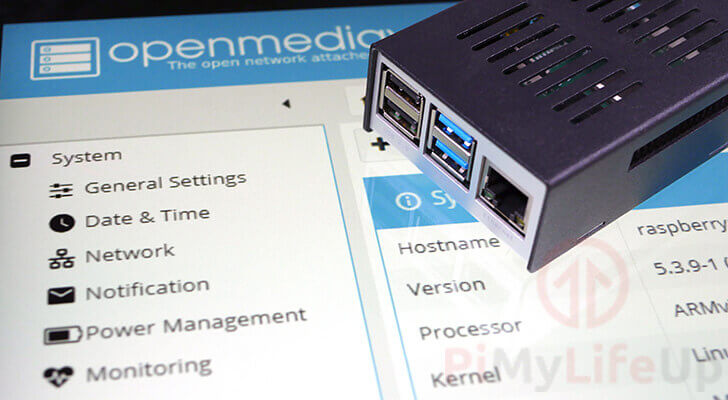
OpenMediaVault is a wonderful alternative if you want to create a network drive quickly and cheaply.
OpenMediaVault is a Debian-based NAS system that includes SMB, SSH, FTP, NFS, and other services.
OpenMediaVault is a plug-and-play solution that anyone may set up at home or in a small office.
It performs admirably on the Raspberry Pi. To boost capacity and save all types of files (videos, backups, etc.), you can add a larger SD card or an external hard drive.
Something like Sunfounder’s NAS Kit would be the finest accessory for that kind of server. Everything you will need to run a file server on a Raspberry Pi is included in this package.
Another thing to keep in mind is that OpenMediaVault can benefit from a variety of plug-ins.
Even if you do not want to use a NAS, this solution allows you to run most of the services on your Raspberry Pi.
For example, you may use OpenMediaVault’s online interface to install the Nginx and MySQL plug-ins and create a web server with a simple configuration.
On Sourceforge, you can find the OpenMediaVault image for Raspberry Pi (the latest system images are compatible with Raspberry Pi 4)
Things to Consider
Performance
Even the most feature-rich, user-friendly, and well-supported operating systems can be inconvenient, causing your Pi 4 to be slow or unreliable in everyday use. Users must have a solid and quick experience when using high-performance operating systems.
Community Support
Operating systems are extremely complicated and can experience a wide range of problems throughout their use. Strong community assistance can assist you in quickly navigating technical difficulties without having to format your operating system and move to another operating system.
Easy to Use
Having an operating system with straightforward installation instructions and good documentation is by far one of the most critical criteria for new users. Interacting with the operating system via the user interface or the command line should also be as simple as possible.
Features
A good OS should give users access to all of the Pi 4’s features while also adding functionality not available in the official Raspberry Pi OS.
Frequently Asked Questions (FAQs)
What is the most popular Raspberry Pi operating system?
Raspbian is the official operating system for the Raspberry Pi. Raspbian is Raspberry Pi’s official operating system. It comes pre-loaded with a number of educational, programming, and general-purpose tools.
What is Raspberry Pi’s default operating system?
Debian, a Linux distribution, is the Raspberry Pi’s default operating system.
Which operating system is better for the Raspberry Pi?
Raspbian. It is a Debian-based operating system designed specifically for the Raspberry Pi and is the ideal general-purpose operating system for Raspberry Pi users.
Is it possible to run Windows on a Raspberry Pi 4?
The Raspberry Pi 4 will be able to run Microsoft’s next operating system, according to the bombardment of Windows 11 news.
Conclusion
This concludes this article, which was written to help you learn about the best-operating systems for the Raspberry Pi 4.
We are sure there is a slew of other Raspberry Pi-friendly operating systems out there. However, we have tried to highlight the most popular or useful ones that are updated on a regular basis.







